The content of the article
Salo, considered a traditional Ukrainian dish, in its natural form is actually solid fat of natural origin. It is deposited in the body of any animal in the process of its life, in fact playing the role of a kind of warehouse with nutrients “on a rainy day”. For this reason, the largest amount of fat is usually concentrated in the carcasses of those animals that lead a sedentary lifestyle (goats, cows, pigs, etc.).
Interesting: in the United States, beef fat is practically not consumed and goes along with other food production wastes to special processing plants, subsequently turning into fuel.
For most residents of Russia and the former Soviet Union, lard is an ideal snack for foamy and alcohol. Firstly, it does not quickly get intoxicated, because, enveloping the stomach, it reduces the absorption rate of alcohol, and secondly, it very quickly gives a feeling of satiety due to its high calorie content. So that fat does not lose all its nutrients, you need to know how to store it at home and why, for different types of this snack, different conditions must be observed.
General rules for storing fat
Whatever fat - salty, smoked, fresh or some other kind, it should always be stored at a temperature not exceeding 5-7 degrees Celsius. Therefore, it is obvious that lard should always be either in the refrigerator or in the freezer.
Tip: it is important not to overdo it with lower temperatures in case the lard will be stored in a sufficiently powerful refrigerator. Too low a temperature will negatively affect the palatability of the appetizer.
Of course, fat can also be stored in the cellar, but in this case it is necessary to pay attention to other characteristics of the surrounding air: for example, the room must have, firstly, air circulation, and secondly, low humidity. If these parameters are met, then the lard is wrapped in paper (in which many modern supermarkets wrap bread) and placed at a distance of 5-10 centimeters from each other. This will provide a sufficiently long shelf life (up to 6-7 months).
If the appetizer spent a sufficiently long time in the freezer or in the refrigerator, then checking its quality is quite simple:
- Firstly, lard at room temperature is very easily pierced by a match or a toothpick.
- The color of fat should be white, in no case pale pale beige and, especially, yellow.
- This fresh appetizer has a characteristic smell, while frozen, it is completely devoid of it, so you should definitely smell it before eating it.
Fresh Fat Storage
Fresh lard is always stored only in frozen form, so usually, starting from the goals of subsequent use, one large piece is cut into several smaller parts. Moreover, if subsequently the lard will be used for salting, then the pieces are simply combined and in this form are sent to the freezer. In this case, cuts are necessary to ensure a continuous flow of air.
If the lard will be used exclusively as an appetizer, then it is cut into very small pieces, which are then wrapped in a regular cling film and sent to the refrigerator.
Important: in no case should the lard be re-frozen.This is due to the fact that constant temperature changes will adversely affect, firstly, the taste of the snack, and secondly, actively contribute to its deterioration. Lard, which was heated several times from storage temperature to room temperature, is stored approximately three times less in time (even under ideal conditions) than what has been in the freezer all this time.
If it is necessary to store lard for a long period, then usually small pieces are additionally randomly stacked in glass jars, which are not tightly covered with a plastic lid. You can sprinkle the appetizer with spices before sending it to the refrigerator.
Storage of salted fat
Salty lard is stored somewhat differently than fresh, “the old fashioned way”, since this method not only allows you to get a great taste and aroma later, but also increase the shelf life. For this method, you need some kind of wooden packaging: pallet, box or tub. At the same time, it is very important that air circulation is ensured and the possibility of natural water flow is provided.
Usually, for this purpose, use such dishes in which the bottom is slightly tilted (the angle is not more than 5-6 degrees). Accordingly, special holes should be made in the tank with a diameter of 5-8 millimeters, this will ensure the possibility of brine drainage.
Further, the surface of the wooden packaging is covered with a layer of newspapers, after - with a layer of parchment or paper for storing cheese and bread. After that, the bottom should be completely covered with salt (since it is an excellent option for a cheap preservative, it is usually not spared).
Tip: since lard has a rather unique property (it will not absorb more salt than required), the bottom should be covered with salt crystals as densely as possible. In the future, the same layer can be reused.
Salo is laid down with skins, after which it is again sprinkled with a layer of salt. It is necessary that she cover all the voids between the pieces and lay on them in an even layer. If there are a lot of pieces, then a clean hard brush can help evenly distribute the salt on their surface. Usually after this operation, from above all rows are abundantly sprinkled with herbs, garlic cloves and black pepper.
Then, it is necessary to close the snack again with a thick layer of parchment, after which it can be crushed with something, for example, with ordinary cobblestones (which, obviously, must first be cleaned and washed, at least roughly).
It is also possible to store salty bacon in the freezer, however, in this case it concerns exclusively household scales. In this case, the pieces are cut as thin as possible, and every 5-7 sprinkled with salt and wrapped in a napkin or parchment.
Storing Smoked Lard
Salted salted in the "old-fashioned" way can be smoked - this will give it a special taste. At the same time, the rules for storing smoked bacon are somewhat simpler: after smoking, let it cool, then wrap it in parchment and put it in the refrigerator.
If the shelf life is short enough, then the lard can be hung with hooks on the ropes stretched in a cold room. So that the smell does not fill the entire space, you can put several pieces in packages. If in this condition the fat will be stored for more than 2-3 days, then holes must be made in them to ensure ventilation.
Tip: if for some reason the methods described are not suitable, then you can store smoked bacon in the freezer, but it is important to wrap it in canvas material.
In the air of the room or chamber, low humidity should be installed: otherwise, smoked lard for a very short period of time will be covered first with a coating and then with mold. In villages and villages in rare cases, fat is sprinkled with ash, but the value of this action has not been proved.
Storage of Ghee
Important: for melted lard, the storage temperature threshold is slightly higher and amounts to 10 degrees.
Melted lard may be in the freezer more than any other type of snack, but nutritionists advise eating it after six months or a year. If the natural white color, which acquired lard in the refrigerator, has changed, then the appetizer must be subjected to heat treatment, in other words, fried on a fire or gas in a pan.
Although fat is a fairly high-calorie product, it is still necessary to eat it occasionally due to the presence in its composition of a whole set of useful components. The established dietary intake of fat is considered to be 100-200 grams per month.
Video: a delicious recipe for salted salted in a jar


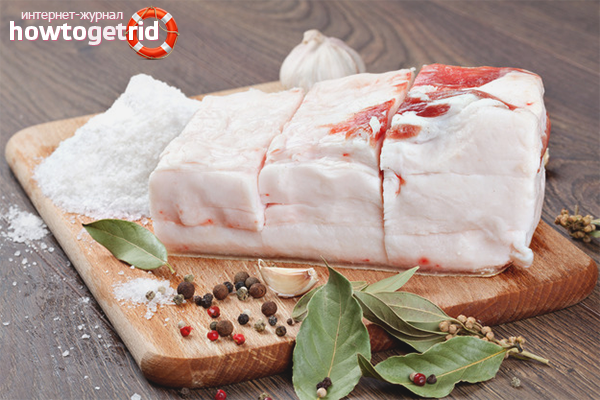
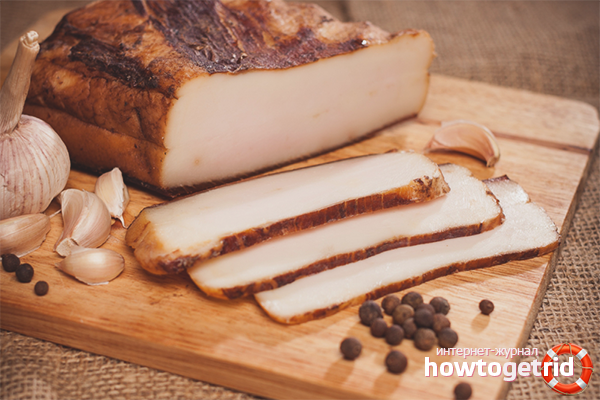
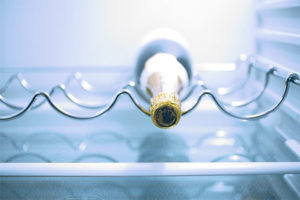
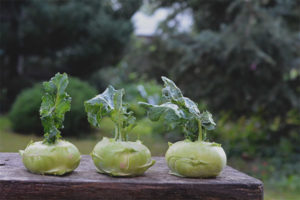
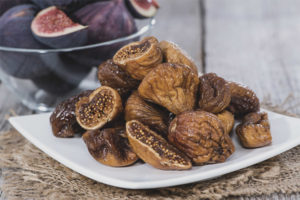


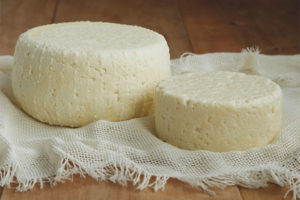
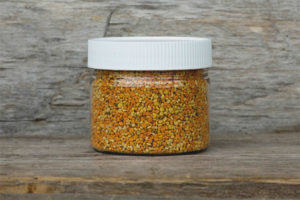
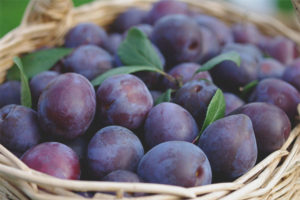
Submit